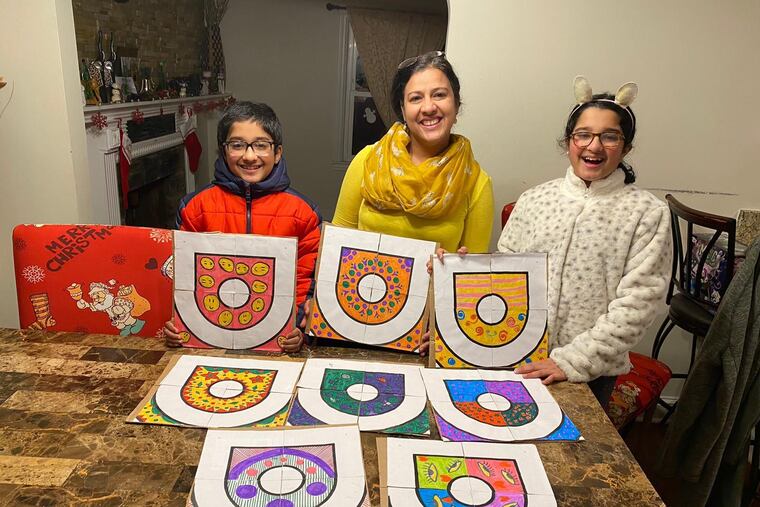Designs from Philly-area residents part of the Kolam Project, which welcomes first South Indian vice president
The grassroots effort celebrates not only Kamala Harris’ heritage, but serves as a way to “showcase the multicultural heritage of America.”
